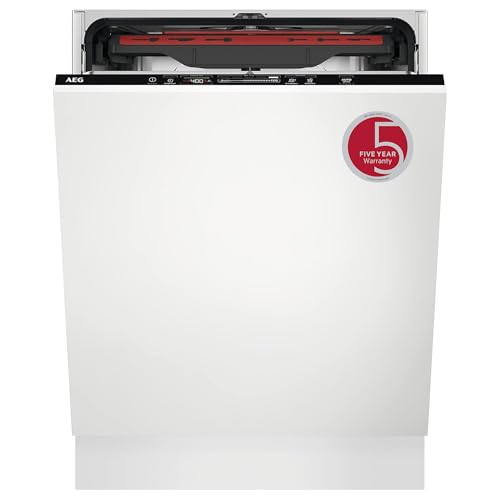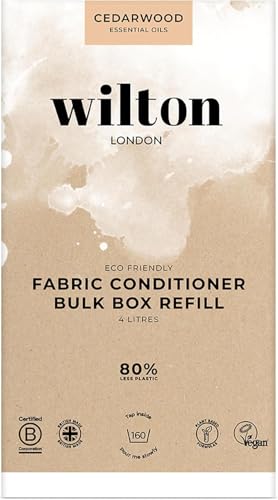




Alpaca wool is a luxurious and sought-after material known for its softness, warmth, and hypoallergenic properties. But one question that often arises is whether alpaca wool shrinks when washed or dried. In this article, we will explore the characteristics of alpaca wool and whether this natural fiber has a tendency to shrink.
Alpaca wool comes from the fleece of the alpaca, a South American camelid native to the Andes Mountains. Unlike sheep’s wool, alpaca wool is incredibly soft and lightweight, making it a popular choice for clothing, accessories, and blankets. It is also known for its exceptional thermal properties, providing warmth in cold climates and breathability in warmer weather.
When it comes to shrinkage, alpaca wool is generally more resistant than other natural fibers, such as sheep’s wool or cashmere. This is due to the unique structure of alpaca fibers, which contain microscopic air pockets that help regulate temperature and moisture. These air pockets also make alpaca wool less prone to felting, a process where fibers mat together and shrink when exposed to heat or agitation.
However, it’s important to note that proper care is still essential to maintain the integrity of alpaca wool garments. It is recommended to hand wash alpaca wool items in cold water with a gentle detergent specifically designed for delicate fabrics. Avoid using hot water, excessive agitation, or harsh chemicals, as these can damage the fibers and potentially cause shrinkage.
In conclusion, while alpaca wool is generally more resistant to shrinkage compared to other natural fibers, proper care is still crucial to preserve its luxurious qualities. By following the recommended care instructions and treating alpaca wool with care, you can enjoy its softness and warmth for years to come.
What is Alpaca Wool?
Alpaca wool refers to the soft and luxurious fiber obtained from the fur of alpacas, which are domesticated animals native to South America. These animals are known for their wool, which is highly valued for its exceptional qualities.
Alpaca wool is considered to be one of the finest and most sought-after fibers in the world due to its natural warmth, softness, and durability. It is often compared to cashmere because of its similar luxurious feel.
Types of Alpaca Wool
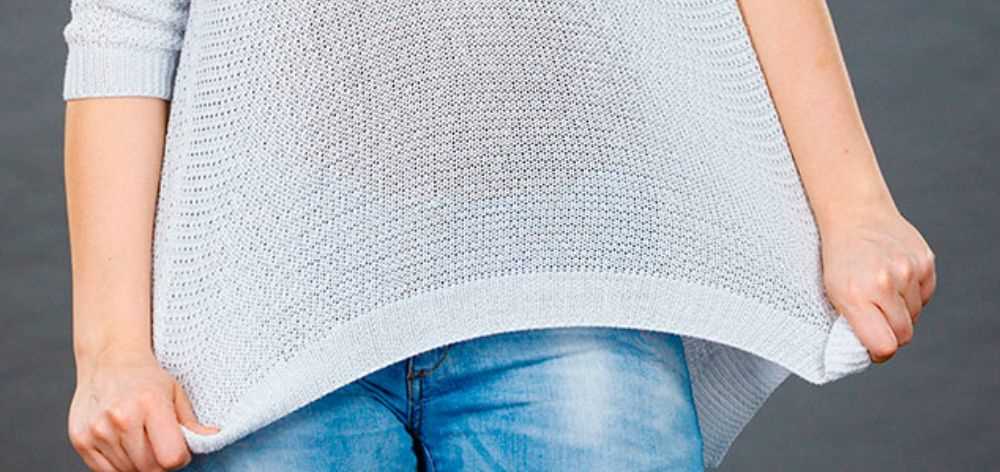
There are two main types of alpaca wool: Huacaya and Suri. Huacaya alpacas have a dense, crimped fleece that provides excellent insulation, while Suri alpacas have a silkier, longer fleece with a natural sheen.
Both types of alpaca wool are used to make a wide range of products, including clothing, blankets, accessories, and even furniture upholstery. The type of alpaca wool used can affect the properties and characteristics of the end product.
Benefits of Alpaca Wool
Alpaca wool offers numerous benefits that make it a popular choice among consumers. Some of these benefits include:
-
Softness: Alpaca wool is incredibly soft and gentle against the skin, making it suitable for people with sensitive skin or allergies.
Top RatedHandmade Hypoallergenic Alpaca SweaterSoft, Warm, and Eco-Friendly ChoiceCrafted from premium alpaca wool, this sweater offers exceptional warmth and comfort while being hypoallergenic. A versatile piece perfect for any occasion while supporting sustainable practices. -
Warmth: Alpaca wool provides excellent insulation and is known for its warmth. It has a high thermal value, allowing the body to stay warm in cold temperatures.
-
Durability: Alpaca wool is highly durable and can last for many years with proper care. It is resistant to pilling, stretching, and tearing, making it a long-lasting investment.
-
Hypoallergenic: Alpaca wool is naturally hypoallergenic, making it suitable for people with allergies or sensitivities to other types of wool.
-
Moisture-wicking: Alpaca wool has excellent moisture-wicking properties, meaning it can absorb moisture from the body without feeling damp or losing its thermal properties.
Overall, alpaca wool is a luxurious and sustainable fiber that offers exceptional comfort, warmth, and durability. It is a popular choice for those seeking high-quality and eco-friendly products.
Discover the Unique Characteristics of this Luxurious Fiber
Alpaca wool is one of the most sought-after fibers in the world, known for its luxurious feel and exceptional qualities. The unique characteristics of alpaca wool make it a favorite among fabric enthusiasts and fashion lovers alike.
1. Insulation
One of the standout features of alpaca wool is its natural insulation properties. The fiber contains tiny air pockets that help regulate body temperature, making it perfect for both hot and cold climates. Alpaca wool provides warmth in the winter and breathability in the summer, ensuring comfort all year round.
2. Softness
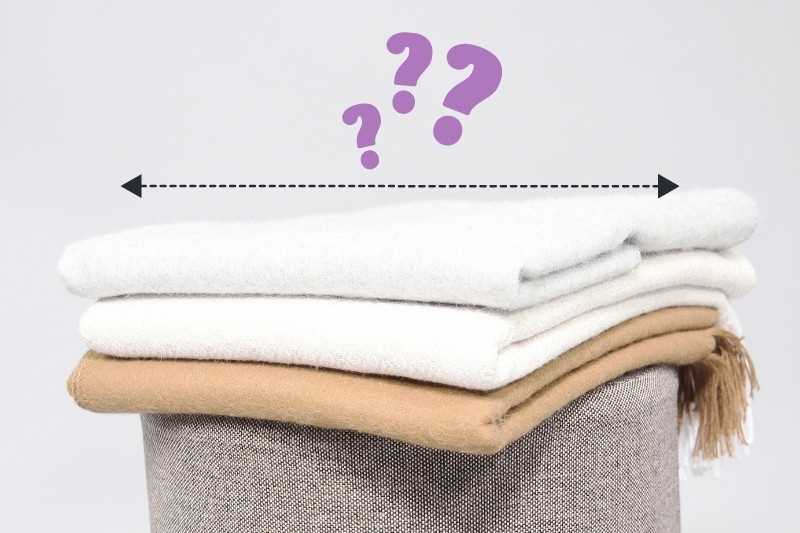
Alpaca wool is incredibly soft and silky to the touch. The fibers are finer than other wool varieties, which gives the fabric a luxurious feel. Unlike traditional wool, alpaca wool does not contain lanolin, making it hypoallergenic and suitable for those with sensitive skin.
3. Strength
Despite its soft and delicate appearance, alpaca wool is surprisingly strong and durable. The fibers have a natural elasticity that allows them to withstand stretching and retain their shape over time. Additionally, alpaca wool is resistant to pilling, ensuring the longevity of garments made from this fiber.
4. Moisture-wicking
Alpaca wool is highly moisture-wicking, meaning it can absorb and release moisture without feeling damp. This characteristic makes it an excellent choice for activewear and outdoor clothing, as it helps to keep the body dry and comfortable during physical activity.
5. Natural colors
Alpaca wool comes in a wide range of natural colors, including white, black, brown, and various shades of grey. These natural hues make alpaca wool a popular choice for clothing and accessories, as it eliminates the need for artificial dyes.
6. Sustainable
Alpacas, the animals from which the wool is sourced, have a low impact on the environment. They graze naturally, requiring little additional food, and their wool is harvested without harm to the animals. Alpaca wool is also biodegradable, making it an environmentally-friendly choice for conscientious consumers.
Overall, the unique characteristics of alpaca wool make it a luxurious and sustainable fiber that is highly sought-after in the fashion industry. Its insulating properties, softness, strength, moisture-wicking capabilities, natural colors, and sustainability make it a popular choice for a wide range of applications.
Shrinking with Alpaca Wool: Fact or Myth?
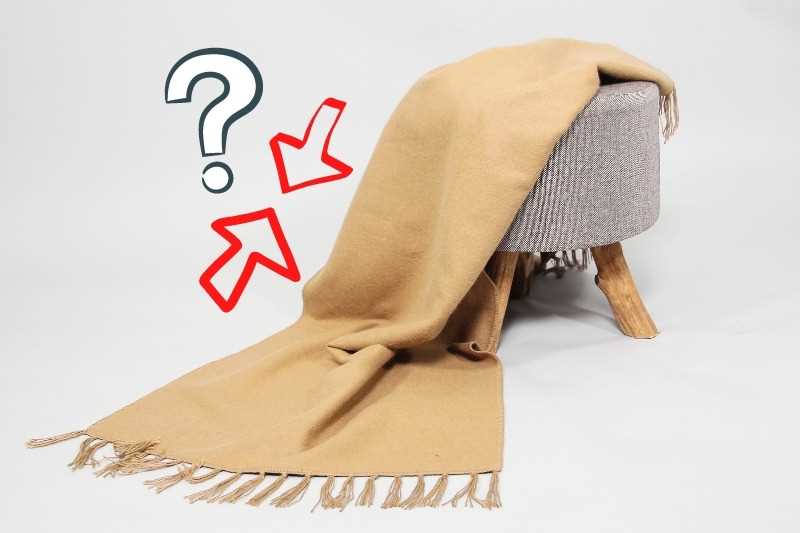
Alpaca wool is known for its luxurious texture, warmth, and durability. However, there is a common belief that alpaca wool is prone to shrinking. Is this claim fact or myth? Let’s explore the truth behind the perception of alpaca wool shrinking.
The Structure of Alpaca Wool
To understand if alpaca wool shrinks, we need to first examine its structure. Alpaca wool is composed of natural fibers that have a unique composition. These fibers contain microscopic scales that interlock with each other, providing strength and elasticity to the fabric.
Does Alpaca Wool Shrink?
Contrary to popular belief, alpaca wool does not shrink as easily as other types of wool. Although it is not completely shrink-proof, alpaca wool has natural properties that make it more resistant to shrinking. Its interlocking fibers allow for some degree of stretching and bouncing back to its original shape.
Factors Affecting Shrinkage
While alpaca wool is less prone to shrinking, several factors can influence its behavior:
- Temperature: Exposing alpaca wool to high temperatures, such as hot water or a dryer, can cause it to shrink. It is advisable to hand wash alpaca wool in cool water or use the gentle cycle on your washing machine.
- Agitation: Vigorous rubbing or wringing can damage the fabric and lead to the shrinkage of alpaca wool. Gentle handling is crucial to maintain its integrity.
- Detergents: Harsh chemicals found in some detergents may affect the structure of alpaca wool, making it more prone to shrinkage. It is recommended to use mild, wool-specific detergents or opt for natural alternatives.
How to Care for Alpaca Wool to Minimize Shrinkage
To ensure that your alpaca wool garments retain their shape and size, it is essential to follow proper care instructions:
- Hand wash: Gently hand wash alpaca wool items in cool water using a mild detergent. Avoid excessive twisting or wringing.
- Dry flat: After washing, gently reshape the garment and lay it flat to dry. Avoid hanging alpaca wool items as this can cause stretching.
- Store properly: When storing alpaca wool items, fold them neatly and place them in a breathable container to prevent any damage.
- Avoid direct heat: Keep alpaca wool away from direct heat sources, such as radiators or sunlight, as excessive heat can cause the fabric to shrink.
In Conclusion

While alpaca wool is not entirely shrink-resistant, it is less prone to shrinking compared to other types of wool. By following proper care instructions and avoiding harsh conditions, you can minimize the risk of shrinking and ensure that your alpaca wool garments maintain their beauty and longevity for years to come.
Understanding How Alpaca Wool Behaves
Alpaca wool is a luxurious and versatile natural fiber that is known for its warmth, softness, and durability. Understanding how alpaca wool behaves is important for properly caring for and enjoying garments made from this material.
Shrinking
One of the common concerns with any type of wool is whether it will shrink when washed or exposed to moisture. Fortunately, alpaca wool has natural properties that make it highly resistant to shrinkage. This is due to the structure of the wool fibers, which are naturally elastic and able to expand and contract without losing their shape.
Unlike other types of wool, alpaca wool has a lower scale height, which means that it is less prone to felting and shrinking. However, it is still important to follow proper care instructions to ensure that your alpaca wool garments maintain their shape and fit.
Stretching
While alpaca wool is resistant to shrinking, it is not completely immune to stretching. Stretching can occur when a garment is worn for extended periods or when it is pulled or stretched out of shape. To prevent stretching, it is important to store alpaca wool garments flat or folded, rather than hanging them, as this can cause the fibers to stretch and lose their shape over time.
If a garment has stretched, it can be gently reshaped while damp and laid flat to dry. Alternatively, steaming can also help to restore the original shape of the garment. It is important to avoid excessive pulling or tugging, as this can further stretch the fibers and damage the garment.
Pilling
Another common characteristic of wool is pilling, which is the formation of small balls or fuzz on the surface of the fabric. Alpaca wool is generally less prone to pilling compared to other types of wool, thanks to the smooth and longer fibers of alpaca wool.
To minimize pilling, it is recommended to hand wash or use a gentle cycle when washing alpaca wool garments. Avoid using harsh detergents or agitation, as this can cause excessive friction and increase the likelihood of pilling. Additionally, store alpaca wool garments separately from items with rough surfaces or Velcro, as they can cause friction and pill the fabric.
Conclusion
Understanding how alpaca wool behaves is important for properly caring for and enjoying this luxurious natural fiber. With its resistance to shrinking, moderate susceptibility to stretching, and low likelihood of pilling, alpaca wool is a durable and versatile material that can be enjoyed for years to come.
How to Care for Alpaca Wool Products
1. Hand Washing
To care for alpaca wool products, it is best to hand wash them.
Here is a step-by-step guide on how to hand wash alpaca wool:
- Fill a sink or basin with lukewarm water and add a gentle wool detergent.
- Submerge the alpaca wool product into the water and gently swirl it around. Avoid agitating or scrubbing the wool, as this can cause shrinkage or damage.
- Let the product soak for about 5-10 minutes.
- Drain the soapy water and refill the sink or basin with clean lukewarm water.
- Gently rinse the alpaca wool product in the clean water until all soap residue is gone.
- Press out excess water, but do not wring or twist the wool. Instead, gently squeeze the water out.
- Roll the product in a clean towel to absorb more moisture.
- Lay the product flat on a dry towel or a drying rack to air dry. Avoid hanging alpaca wool products, as this can stretch and deform them.
2. Dry Cleaning
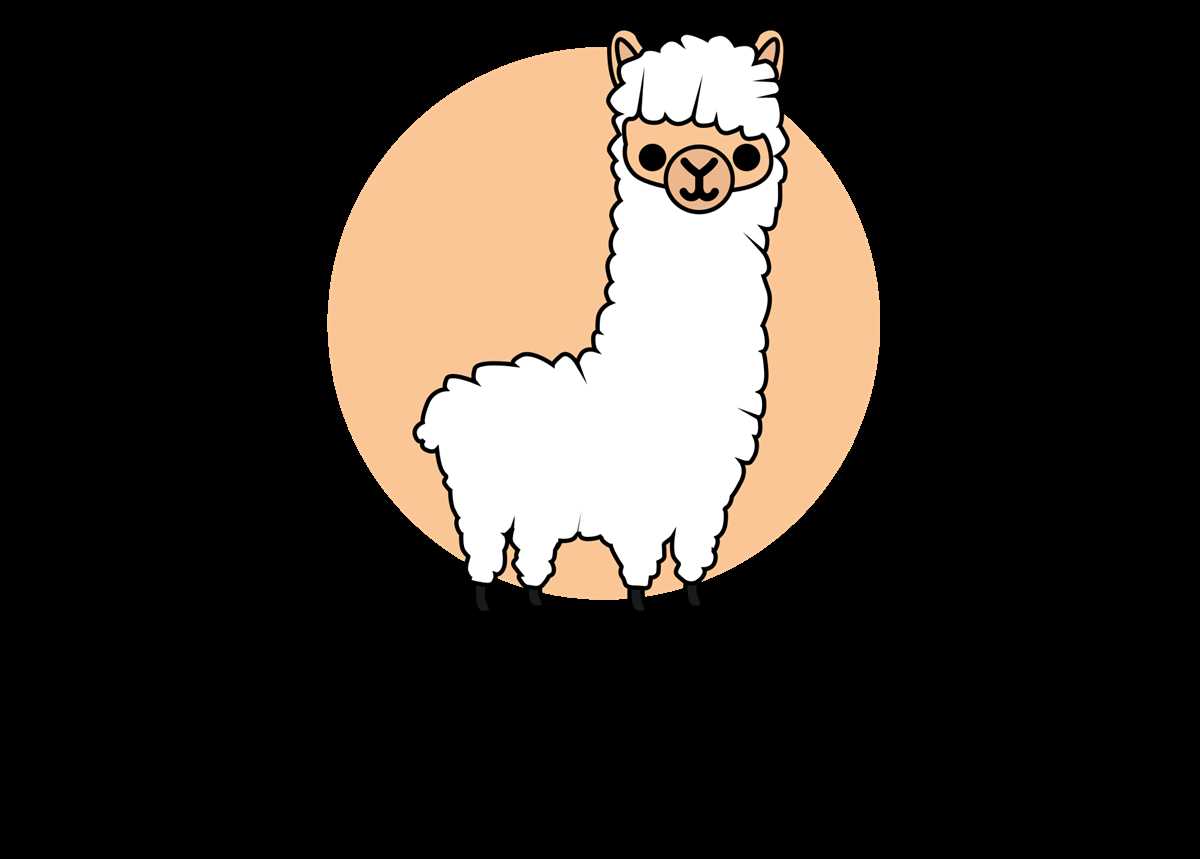
If you prefer not to hand wash your alpaca wool products, you can take them to a professional dry cleaner skilled in handling delicate fabrics.
Inform the dry cleaner about the specific materials and ask if they have experience with alpaca wool.
Always check the care label of the alpaca wool product before deciding on the cleaning method, as some items may be labeled as dry clean only.
3. Storage

Proper storage is essential to maintain the quality of alpaca wool products.
Here are some tips for storing alpaca wool:
- Ensure the alpaca wool product is clean and completely dry before storing.
- Store in a cool, dry place away from direct sunlight, as exposure to sunlight can cause fading and damage.
- Avoid folding alpaca wool products for extended periods, as this can create creases and wrinkles.
- Consider storing alpaca wool products in a breathable fabric bag or airtight container to protect them from moths and other pests.
4. Regular Care
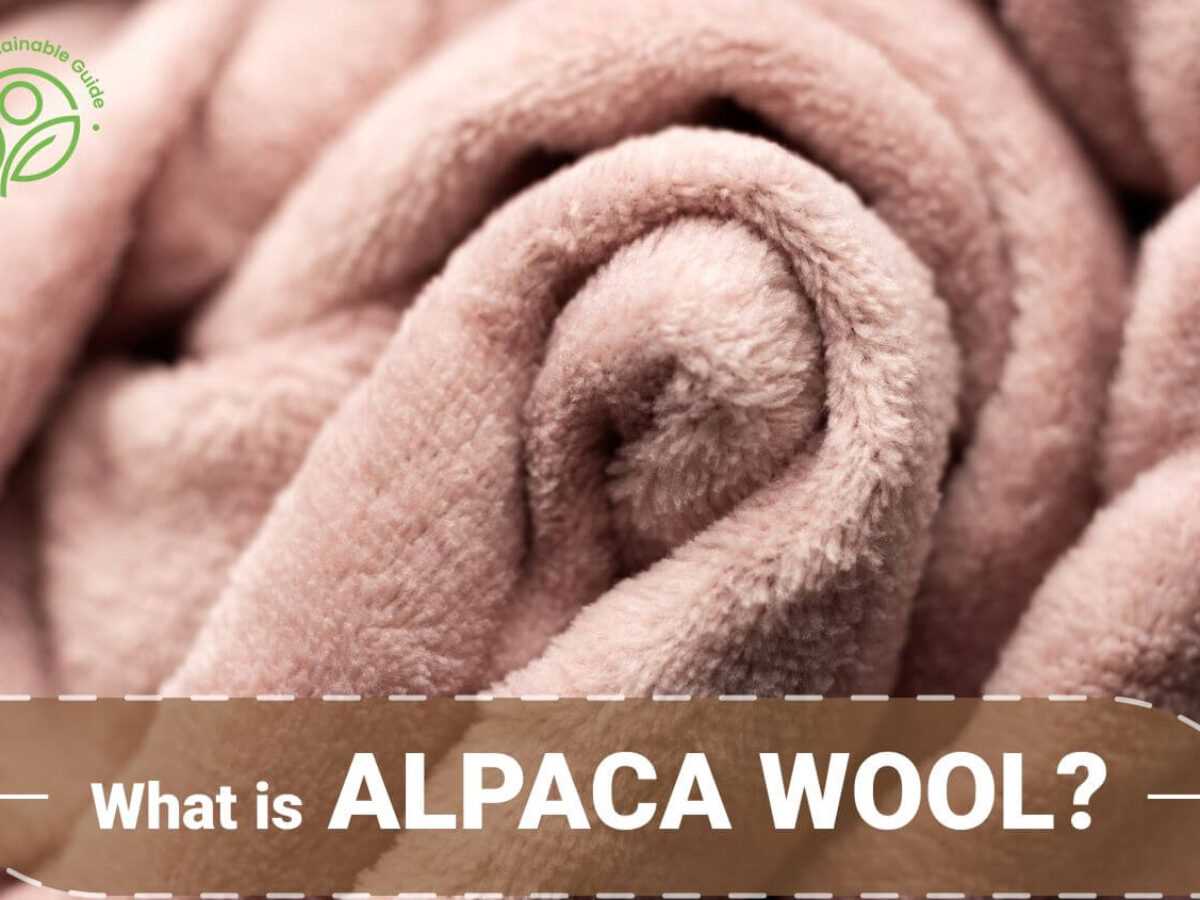
In addition to proper washing and storage, regular care can help prolong the life of alpaca wool products.
Here are some tips for regular care:
- Avoid exposing alpaca wool products to harsh chemicals, including bleach and chlorine.
- Avoid direct contact with perfumes, lotions, and hairsprays, as these can cause staining and damage.
- Gently remove any stains or spills immediately using a mild detergent and lukewarm water. Avoid rubbing or scrubbing vigorously.
- Brush alpaca wool products with a soft-bristled brush to remove any surface dirt or debris.
- Avoid using hot water or excessive heat when washing or drying alpaca wool, as this can cause shrinkage and damage.
By following these care instructions, you can keep your alpaca wool products looking and feeling their best for years to come.
Tips and Tricks for Keeping Your Alpaca Wool Items Looking Brand New
1. Proper Storage
When not wearing your alpaca wool items, it’s important to store them properly to avoid damage. Always fold them neatly and store them in a cool, dry place away from direct sunlight. Avoid hanging them, as this can cause stretching or deformation of the fabric.
2. Hand Washing
Most alpaca wool items should be hand washed to maintain their quality and shape. Use lukewarm water and a mild detergent specifically formulated for delicate fabrics. Gently swirl the item in the water, being careful not to agitate or wring it. Rinse thoroughly and gently press out any excess water. Lay flat to dry on a clean towel.
3. Avoiding Excessive Heat
Alpaca wool is sensitive to heat and can easily shrink if exposed to high temperatures. Never use hot water or place your alpaca wool items in the dryer. Instead, opt for cool or lukewarm water and allow them to air dry naturally. Avoid using direct heat sources such as radiators or heaters to speed up the drying process.
4. Brushing and Pilling
Regularly brushing your alpaca wool items with a soft bristle brush can help keep them looking their best. This will help remove any loose fibers and prevent pilling. If you do notice any pilling, gently remove it with a fabric shaver or a pilling comb.
5. Storing with Moth Repellents
Alpaca wool is a natural fiber and can be susceptible to damage from moths. To protect your items, store them with moth repellents such as cedar balls or lavender sachets. These natural repellents will help deter moths and prevent any potential damage.
6. Avoiding Harsh Chemicals
When cleaning your alpaca wool items, avoid using harsh chemicals or bleach, as these can damage the delicate fibers. Stick to mild detergents specifically formulated for delicate fabrics. If you’re unsure, it’s always best to consult the care instructions that came with your item.
7. Professional Cleaning
If you’re unsure about how to clean or care for your alpaca wool items, it’s always best to seek professional cleaning. They will have the expertise and knowledge to ensure your items are cleaned properly without causing any damage.
8. Rotate Wear
To prevent excess wear and tear on your alpaca wool items, consider rotating their use. This will allow them to breathe and recover their shape between wears. Additionally, avoid wearing the same item consecutively for extended periods of time, as this can cause stretching or deformation.
9. Avoiding Direct Contact with Jewelry
When wearing your alpaca wool items, be mindful of any jewelry that may come into direct contact with the fabric. Metal jewelry, such as necklaces or bracelets, can snag or pull on the fibers, causing damage. To prevent this, consider wearing jewelry that is less likely to come into contact with your alpaca wool items.
10. Treating Stains Promptly
If you accidentally spill something on your alpaca wool item, it’s important to treat the stain promptly to avoid it setting in. Blot the stain gently with a clean cloth or paper towel to absorb as much of the liquid as possible. Avoid rubbing, as this can further spread the stain. It’s best to consult a professional cleaner for stubborn or difficult stains.
Alpaca Wool vs. Other Natural Fibers
When it comes to natural fibers, alpaca wool stands out from the rest in several ways. Let’s compare alpaca wool to other natural fibers to see how it stacks up:
1. Softness and Comfort
Alpaca wool is known for its incredible softness and luxurious feel. Unlike other natural fibers such as sheep’s wool, alpaca wool is hypoallergenic and doesn’t cause irritation to the skin. Its fine fibers make it incredibly soft and comfortable to wear.
2. Insulation
Alpaca wool is an excellent insulator, making it ideal for both warm and cold climates. The natural air pockets within the fibers trap heat, providing warmth in chilly weather. At the same time, alpaca wool also allows for breathability, keeping you cool in hotter temperatures.
3. Durability

Compared to other natural fibers, alpaca wool is exceptionally durable. Its fibers are stronger and more resilient than sheep’s wool, making it less prone to pilling or tearing. This means that alpaca wool garments can withstand regular wear and tear, ensuring they last for a long time.
4. Water Absorption
Unlike other natural fibers, alpaca wool has excellent water-wicking properties. It can absorb moisture without feeling damp or heavy, keeping you dry and comfortable even in humid conditions. This feature also helps to regulate body temperature by drawing moisture away from the skin.
5. Shrinkage
While other natural fibers like sheep’s wool may shrink when exposed to water or heat, alpaca wool has minimal shrinkage. This makes it easier to care for and maintain its original shape and size over time.
| Natural Fiber | Softness | Insulation | Durability | Water Absorption | Shrinkage |
|---|---|---|---|---|---|
| Alpaca Wool | ✓ | ✓ | ✓ | ✓ | ✓ |
| Sheep’s Wool | ✓ | ✓ | ✓ | ✓ | ✗ |
| Cotton | ✗ | ✗ | ✓ | ✓ | ✓ |
| Silk | ✓ | ✗ | ✗ | ✗ | ✓ |
As shown in the comparison table above, alpaca wool excels in various categories when compared to other natural fibers. Its superior softness, insulation, durability, water absorption capabilities, and minimal shrinkage make it a top choice for high-quality and long-lasting garments.
FAQ
What is alpaca wool made of?
Alpaca wool is made from the fleece of alpacas, which are domesticated animals native to South America.
Is alpaca wool warmer than sheep wool?
Yes, alpaca wool is generally warmer than sheep wool. It has a higher insulation value and is known for its excellent thermal properties.
Does alpaca wool shrink?
Alpaca wool has a natural tendency to shrink when exposed to heat and agitation. It is recommended to follow the care instructions and avoid high temperatures when washing or drying alpaca wool products.
How do I prevent alpaca wool from shrinking?
To prevent alpaca wool from shrinking, it is important to follow the care instructions provided by the manufacturer. Hand washing in cold water with a mild detergent and laying flat to dry is generally recommended to minimize shrinkage.
Can I stretch shrunken alpaca wool?
It is possible to stretch shrunken alpaca wool, but the success of this method depends on the degree of shrinkage and the quality of the wool. Wetting the garment, gently stretching it, and laying it flat to dry may help recover some length and width, but it is not guaranteed to work in all cases.

